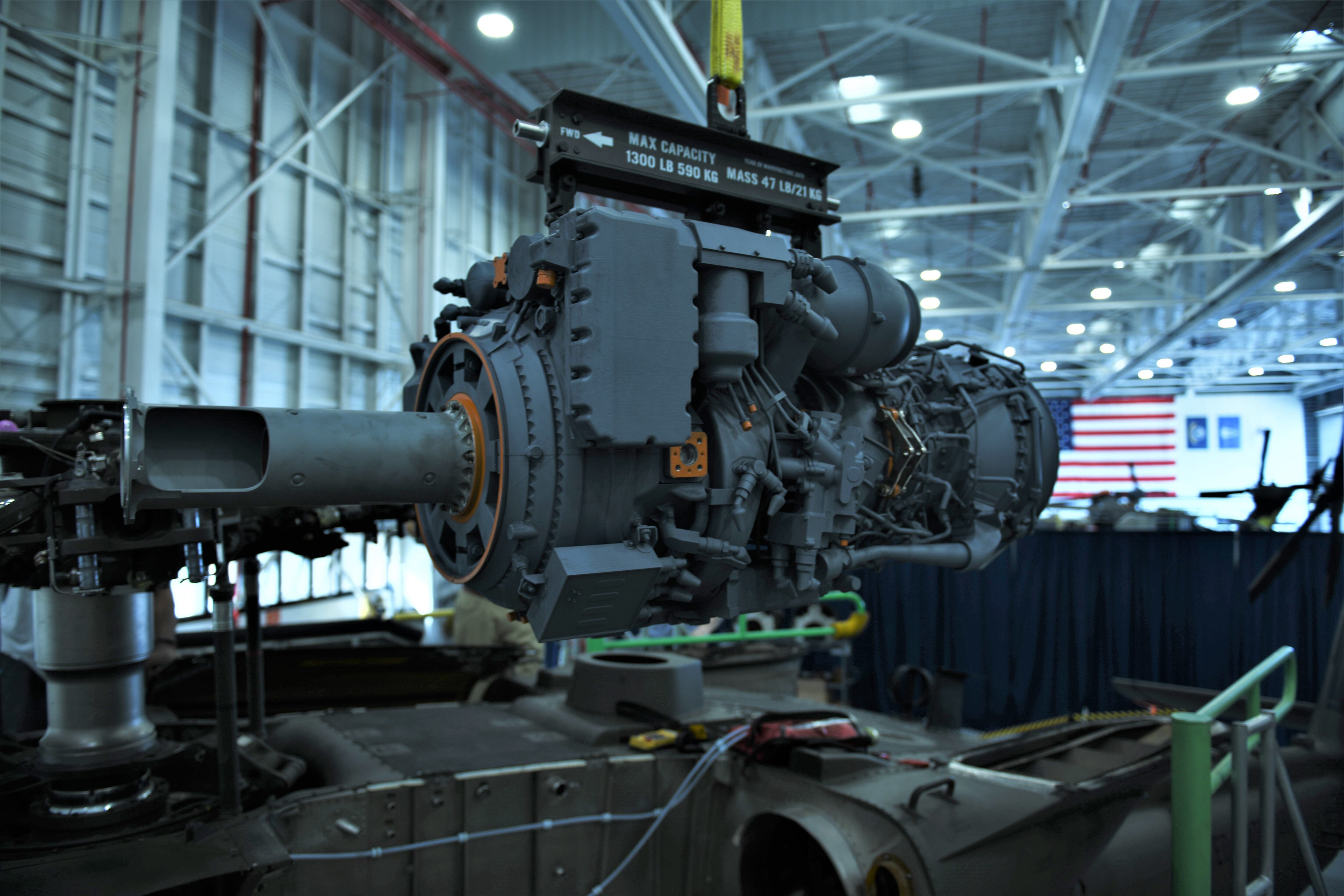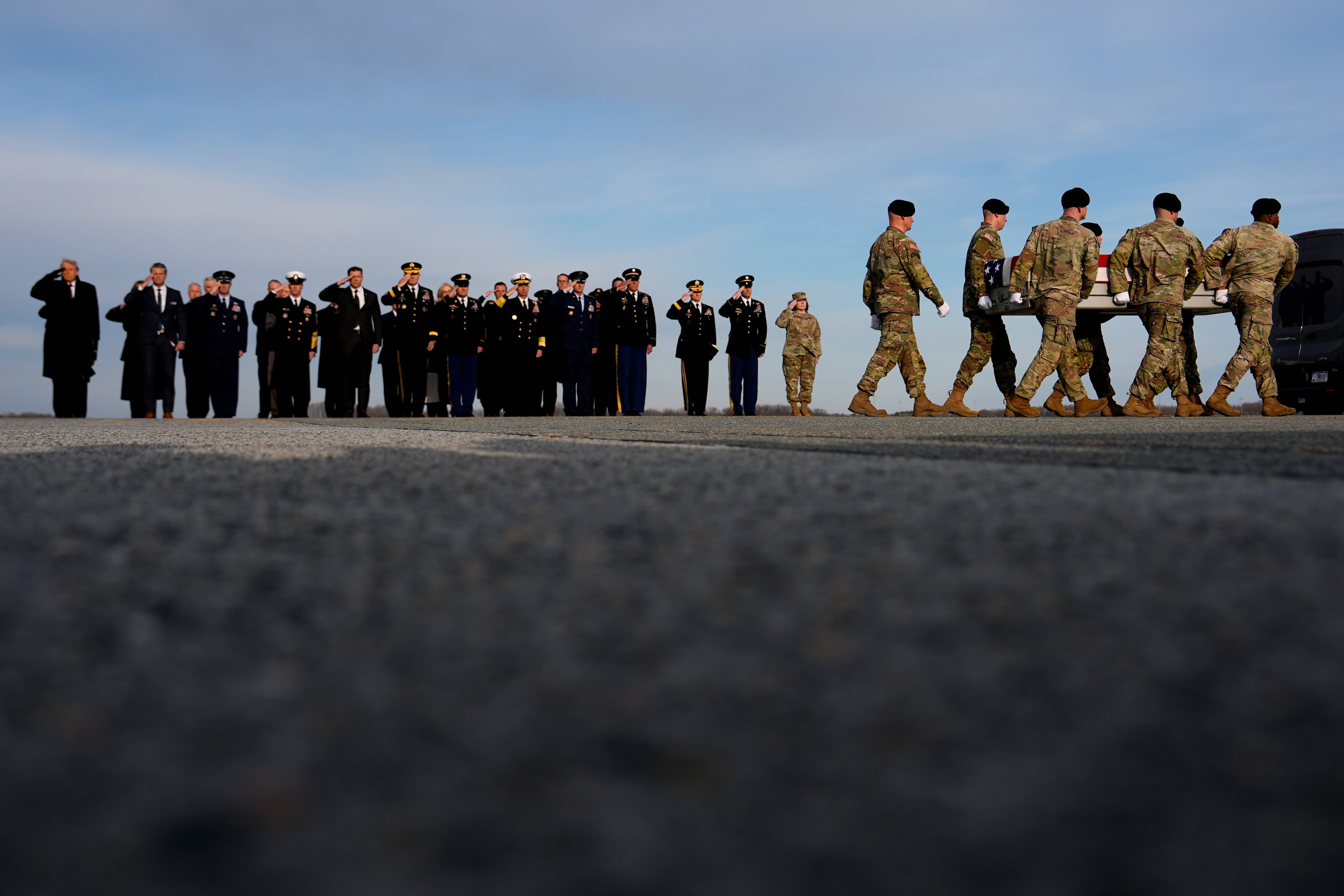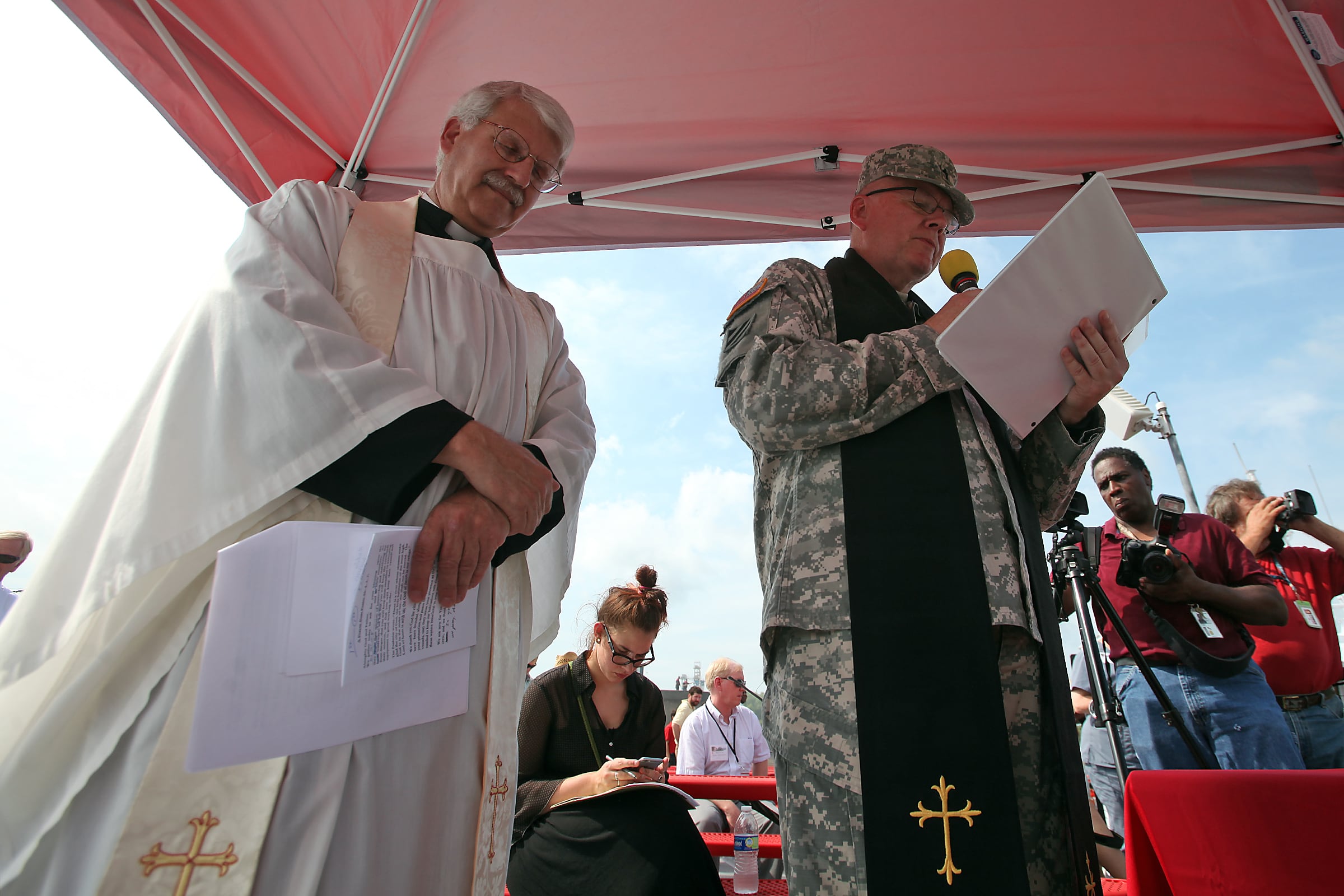Editor’s note – This story has been updated to include comments from GE Aerospace.
WASHINGTON — The U.S. Army’s new, next-generation helicopter engine meant to replace engines in UH-60 Black Hawks, AH-64 Apaches and the Future Attack Reconnaissance Aircraft, which is still in development, is delayed until 2024, according to the service’s acquisition chief.
The Army was expected to deliver by the end of 2022 the General Electric Aerospace-built system for the Improved Turbine Engine Program to two teams, which were competitively building prototypes of the Future Attack Reconnaissance Aircraft. But that timeline had slipped to the spring of 2023 before the new year.
Now, according to the Army’s acquisition chief, Doug Bush, the service will not deliver ITEP engines for installation on the FARA prototypes until “early next year.”
GE’s T901 engine will replace the 1970s-era T700 in both the Army’s Black Hawk and Apache helicopters, and it is the engine of choice for FARA.
Both competitors in the FARA program — Lockheed Martin and Bell — have essentially completed building their FARA prototypes, and the teams are waiting for the ITEP engines. The plan was to execute a first flight for each aircraft in 2023, albeit closer to the end of the year.
That flight schedule had already slipped by roughly a year, according to a comparison of fiscal 2022 and fiscal 2023 budget documents.
The problems for ITEP are unrelated to the engine design, which went entered initial testing in March 2022, Bush said on the sidelines of the McAleese & Associates conference. The T901 engine testing campaign wrapped up in late June 2022, accumulating 100+ hours in testing, according to GE Aerospace.
“I would characterize them as more manufacturing challenges, not design, per se. This is complicated stuff,” he said Wednesday. “Some of these parts are very difficult to manufacture. … I think we’ve got it under control, but GE has to perform.”
Once the ITEP engine is delivered, “assuming things go well, you have to start with ground testing. A brand new engine, brand new helicopter — obviously you have to do a lot of diligence on the ground before … flying around. But I think we are still on track for next year. So it’s in the category of … months, not years, of delay, but it’s there.”
In a statement sent to Defense News, a GE Aerospace spokesperson said, “The delay stemmed from a small number of components that were impacted by industry-wide supply chain delays.”
The company seems to be driving toward an earlier delivery timeline, stating, “Following assembly, we will extensively test the flight-test engines prior to delivery to the Army this fall. Per our agreement with the Army, each engine with be tested, disassembled and inspected, reassembled, and retested before delivery this fall (2023).”
In addition to the flight test engines, GE has five qualification engines currently in assembly, the company said.
Delays have plagued the ITEP engine program for a decade as the service wrestled with funding, development strategies and a protest from the Advanced Turbine Engine Company — a Honeywell and Pratt & Whitney team, which competed against GE to build the engine for the Army. But more recently, the engine experienced delays due technical issues as well as the coronavirus pandemic, which caused supply chain issues.
When GE won the contract, it touted a plan to move more quickly, but that window to accelerate has closed.
Compared to its predecessor, the T901′s 50% power increase will restore aircraft performance, and its 25% improved fuel consumption reduces fuel usage and carbon emissions. The engine is also expected to have more durable components, which will lower life cycle costs.
Jen Judson is an award-winning journalist covering land warfare for Defense News. She has also worked for Politico and Inside Defense. She holds a Master of Science degree in journalism from Boston University and a Bachelor of Arts degree from Kenyon College.










